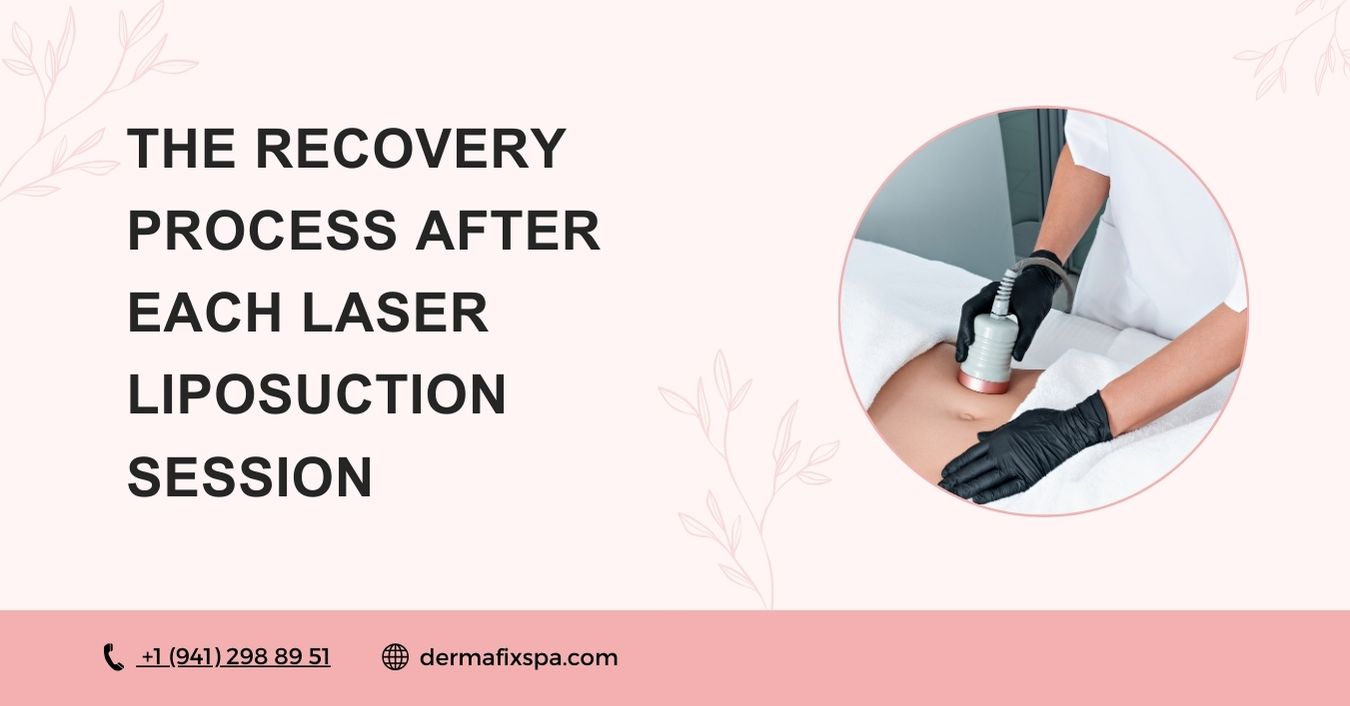
How Many Laser Liposuction Sessions are Needed for Good Results?
Laser liposuction, often referred to as laser lipolysis, is a revolutionary procedure designed to remove stubborn fat with minimal invasiveness. Many individuals seeking to target excess fat in areas such as the abdomen, arms, or upper thighs often wonder how many sessions they need to achieve good results.
Understanding the nuances of this treatment is crucial for anyone considering this option. This article will explore the types of laser lipolysis available, the safety of the procedure, and how many sessions might be required for optimal outcomes.
Types of Laser Lipolysis
There are various types of laser lipolysis procedures, each tailored to address specific concerns regarding fat removal. The most common method is the use of laser technology to heat and destroy fat cells, which is minimally invasive compared to traditional liposuction.
During this treatment, a plastic surgeon inserts a small cannula through a tiny incision, delivering laser energy that targets fat cells while simultaneously tightening the surrounding skin.
This process involves minimal anesthesia, resulting in a shorter recovery time and reduced swelling. Depending on your individual goals and the areas of the body being treated, you may benefit from multiple sessions to achieve the final results you desire. Each session may vary in length, but typically, one treatment can significantly improve the contour of your body.
Is Laser Lipolysis Safe?

Safety is a primary concern for anyone considering laser liposuction. Unlike traditional liposuction, which can be more invasive, laser lipolysis presents a much reduced risk profile.
The benefits of laser lipo treatment include minimal invasiveness, reduced recovery time, and targeted fat reduction. The procedure involves minimal incisions and less trauma to the surrounding tissues, making it a suitable option for good candidates.
However, it’s essential to note that the success and safety of the treatment largely depend on the skill of the esthetician and the specific techniques employed. Post-treatment, patients can expect some swelling and bruising, but these symptoms are usually temporary.
Maintaining a stable diet and exercise regimen can aid in the recovery process and enhance the effectiveness of the procedure. Overall, when performed by a qualified professional, laser lipolysis is considered a safe method for fat removal, providing a promising solution for those looking to eliminate stubborn fat without the need for extensive recovery time.
Determining the Number of Laser Liposuction Sessions
Factors Influencing the Number of Sessions
When considering laser lipolysis, several factors can influence the number of sessions required for optimal results. These factors include the amount of excess fat in the targeted areas, such as the abdomen or upper arms, and the individual’s unique body composition.
Additionally, the treatment goals set by the patient and the specific technologies utilized by the plastic surgeon will play a crucial role. Each session typically involves the application of laser energy to heat and destroy fat cells, which may necessitate multiple procedures to achieve the desired contouring effect.
Typical Session Recommendations
Most patients undergoing laser liposuction can expect to complete between one to three sessions for satisfactory outcomes. The specific number of sessions is often determined by the amount of fat being treated and the patient’s goals for body contouring. Unlike traditional liposuction, laser lipo is minimally invasive and may require less recovery time, allowing patients to space their sessions more comfortably.
It’s essential to consult with a qualified professional who can provide personalized recommendations based on your unique situation, ensuring you achieve the best possible results while maintaining safety throughout the process.
Patient Goals and Expected Outcomes
When setting patient goals for laser lipo, it’s crucial to consider the expected outcomes. Many patients question the longevity of the results of laser lipo, The results can be long-lasting if the patient maintains a healthy lifestyle. The success of laser lipolysis largely hinges on the goals established by the patient, as well as their expectations for the final results. Patients seeking to remove stubborn fat should have realistic aspirations regarding the procedure’s capabilities.
It’s crucial to discuss these goals with your surgeon during the consultation. Expected outcomes can vary based on individual factors such as skin elasticity, body type, and lifestyle habits. A well-informed patient will be better positioned to appreciate the nuances of the treatment, which can significantly enhance satisfaction with the results achieved after completing the recommended sessions.
The Recovery Process After Each Laser Liposuction Session

What to Expect During Recovery?
Recovery after each laser liposuction session typically involves minimal downtime, which is one of the many benefits of this procedure. Patients may experience some swelling and bruising in the treated areas, but these symptoms generally disappear within a few days. It’s crucial to allow your body adequate time to heal between sessions, as this can influence the overall effectiveness of the treatment.
Following the procedure, patients are encouraged to maintain a healthy diet and exercise regimen to support the body’s recovery process and help achieve the desired outcomes more effectively.
Tips for a Smooth Recovery
To promote a smooth recovery after laser lipo, patients should adhere to their esthetician’s post-procedure instructions diligently. Staying hydrated, avoiding strenuous activities, and wearing any recommended compression garments can significantly aid in reducing swelling and discomfort. Incorporating light activities, such as walking, can also stimulate circulation and enhance the healing process.
Patients should also consider maintaining a nutritious diet to support recovery and optimize the results of fat removal. By following these simple guidelines, individuals can ensure they are on the right track to achieving their body contouring goals.
Managing Discomfort Post-Procedure
While discomfort is typically minimal following laser liposuction, it’s essential to manage any post-procedure sensations effectively. Patients may experience mild soreness or tenderness in the treated areas, which can usually be alleviated with over-the-counter pain relief medications as recommended by the surgeon.
Applying cold compresses can also help minimize swelling and discomfort. It’s important to listen to your body during the recovery phase and to communicate any concerns with your plastic surgeon to ensure a safe and effective healing process. Understanding how to manage discomfort will contribute to a more positive experience overall.

